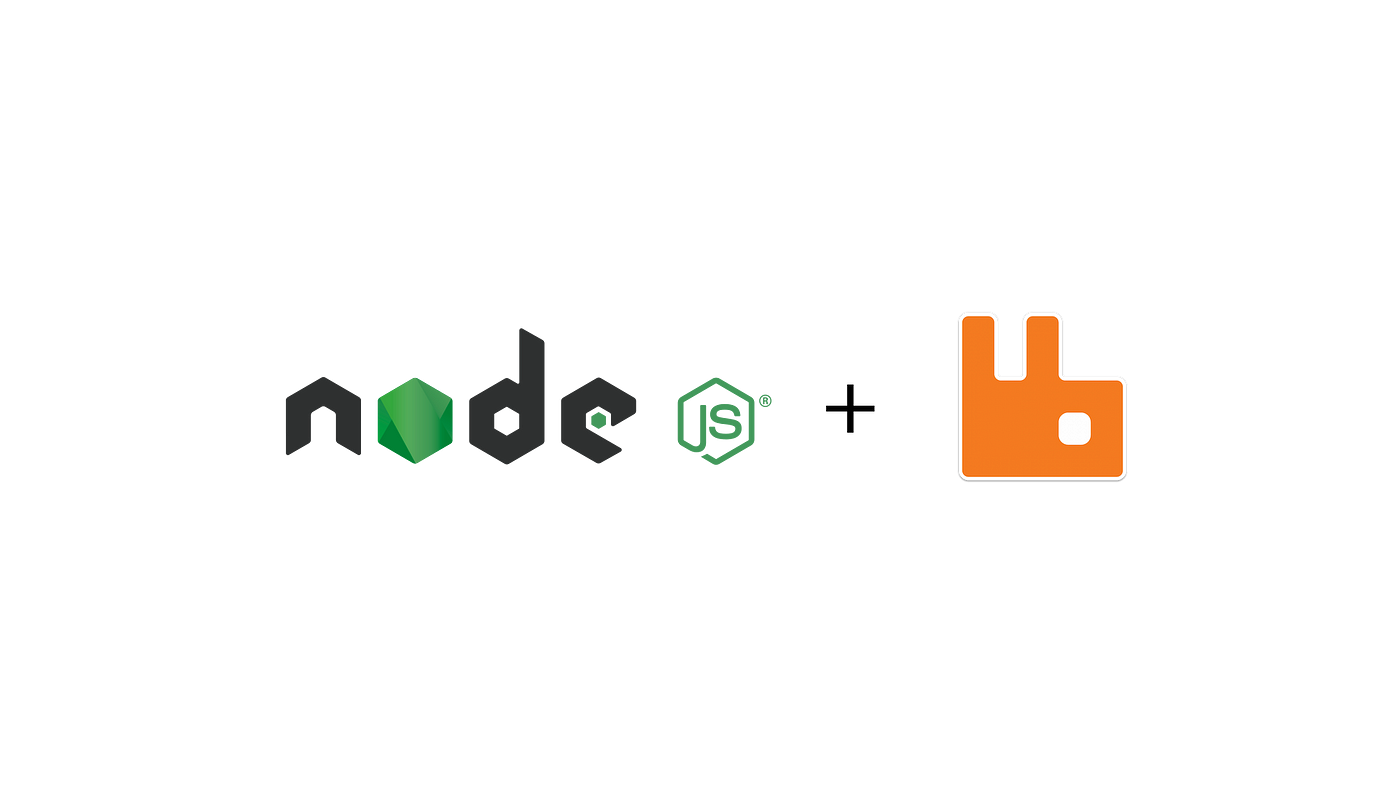In modern backend development, scalability, reliability, and performance are key factors in building robust applications. Queue systems, like RabbitMQ, play a critical role in optimizing backend applications by decoupling services and enabling asynchronous processing. This article will explore the theory behind queue systems and demonstrate how to integrate RabbitMQ into a Node.js backend application, including the setup and usage with practical examples.
What is a Queue System?
A queue system is a mechanism for managing and processing tasks asynchronously. It operates on the principle of producers and consumers:
- Producer: The entity that pushes messages (tasks) into the queue.
-
Queue: The temporary storage where messages reside until processed.
-
Consumer: The entity that retrieves and processes messages from the queue.
Queues help to:
- Decouple components of the system.
- Handle high loads by distributing tasks over time.
- Improve system reliability by ensuring tasks are not lost, even if the system crashes.
RabbitMQ is one of the most popular message brokers, known for its reliability, scalability, and support for multiple messaging protocols.
Why Use RabbitMQ in Backend Applications?
- Asynchronous Task Processing: Offload time-consuming tasks (e.g., email sending, image processing) to a queue for background execution.
- Load Balancing: Distribute tasks across multiple consumers to handle high traffic.
- Decoupling Services: Enable different services to communicate without direct dependencies.
- Retry Mechanism: Automatically retry failed tasks using dead-letter queues or delayed queues.
Setting Up RabbitMQ
Step 1: Install RabbitMQ
To get started with RabbitMQ, install it locally or use a cloud-hosted version (e.g., CloudAMQP).
Installing RabbitMQ Locally:
- Download RabbitMQ from the official website.
- Install and start the RabbitMQ service:brew install rabbitmq # For macOS
sudo apt-get install rabbitmq-server # For Ubuntu -
Start RabbitMQ:
rabbitmq-server
-
Enable the RabbitMQ management dashboard:
rabbitmq-plugins enable rabbitmq_management
Access the dashboard at http://localhost:15672 (default credentials: guest/guest).
Step 2: Install Required Node.js Libraries
In your Node.js project, install the following libraries:
amqplib: A library for interacting with RabbitMQ.npm install amqplib
Using RabbitMQ in a Node.js Application
Here’s a step-by-step guide to integrating RabbitMQ into your Node.js backend.
1. Create a RabbitMQ Connection
Establish a connection to the RabbitMQ server and create a channel.
const amqp = require(‘amqplib’);
const RABBITMQ_URL = ‘amqp://localhost’; // Replace with your RabbitMQ server URL
async function connectRabbitMQ() {
try {
const connection = await amqp.connect(RABBITMQ_URL);
const channel = await connection.createChannel();
console.log(‘Connected to RabbitMQ’);
return { connection, channel };
} catch (error) {
console.error(‘Error connecting to RabbitMQ:’, error);
process.exit(1);
}
}
module.exports = connectRabbitMQ;
2. Create a Producer
Producers send messages to a queue.
const connectRabbitMQ = require(‘./rabbitmq’);
async function sendMessage(queueName, message) {
const { channel } = await connectRabbitMQ();
await channel.assertQueue(queueName, { durable: true });
channel.sendToQueue(queueName, Buffer.from(message));
console.log(`Message sent to queue ${queueName}:`, message);
}
sendMessage(‘taskQueue’, ‘Hello, RabbitMQ!’);
3. Create a Consumer
Consumers retrieve and process messages from the queue.
const connectRabbitMQ = require(‘./rabbitmq’);
async function consumeMessages(queueName) {
const { channel } = await connectRabbitMQ();
await channel.assertQueue(queueName, { durable: true });
console.log(`Waiting for messages in queue: ${queueName}`);
channel.consume(queueName, (msg) => {
if (msg) {
console.log(`Received message: ${msg.content.toString()}`);
channel.ack(msg); // Acknowledge the message
}
});
}
consumeMessages(‘taskQueue’);
Full Example: Task Queue
Scenario
Imagine an email-sending service where:
- The producer adds email tasks to the queue.
- The consumer processes and sends emails.
Producer Code
const connectRabbitMQ = require(‘./rabbitmq’);
async function addEmailToQueue(email) {
const { channel } = await connectRabbitMQ();
const queueName = ’emailQueue’;
await channel.assertQueue(queueName, { durable: true });
const message = JSON.stringify(email);
channel.sendToQueue(queueName, Buffer.from(message));
console.log(‘Email task added to queue:’, email);
}
addEmailToQueue({ to: ‘user@example.com’, subject: ‘Welcome!’, body: ‘Hello, User!’ });
Consumer Code
const connectRabbitMQ = require(‘./rabbitmq’);
async function processEmailQueue() {
const { channel } = await connectRabbitMQ();
const queueName = ’emailQueue’;
await channel.assertQueue(queueName, { durable: true });
console.log(`Waiting for email tasks in queue: ${queueName}`);
channel.consume(queueName, (msg) => {
if (msg) {
const email = JSON.parse(msg.content.toString());
console.log(‘Processing email task:’, email);
// Simulate sending email
setTimeout(() => {
console.log(‘Email sent to:’, email.to);
channel.ack(msg);
}, 2000);
}
});
}
processEmailQueue();
Key Best Practices
- Error Handling: Always handle connection errors and message processing failures.
- Durable Queues: Ensure queues and messages are durable to survive server restarts.
- Prefetch Limit: Limit the number of unacknowledged messages to avoid overloading consumers.
channel.prefetch(1); // Process one message at a time
- Monitoring: Use RabbitMQ’s management dashboard to monitor queues and message flow.
- Scalability: Add more consumers to handle increased load.
Conclusion
Queue systems like RabbitMQ are essential for building scalable and resilient backend applications. By decoupling components and enabling asynchronous processing, RabbitMQ optimizes system performance and reliability. The examples provided demonstrate how to set up RabbitMQ in a Node.js application, create producers and consumers, and implement a practical task queue for processing tasks like email sending.
Start integrating RabbitMQ into your backend applications today to unlock its full potential!


